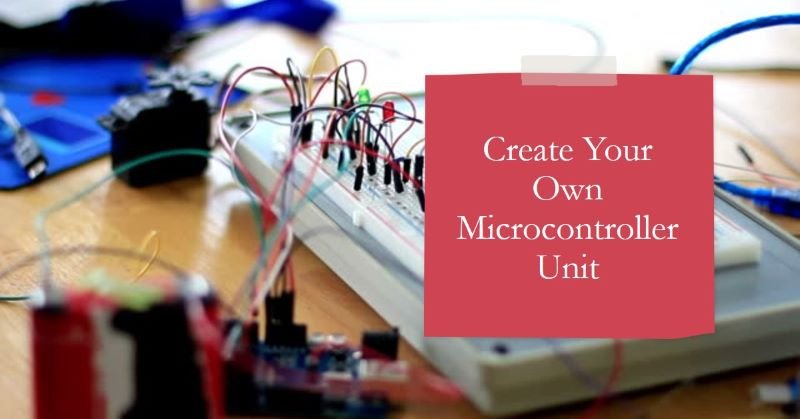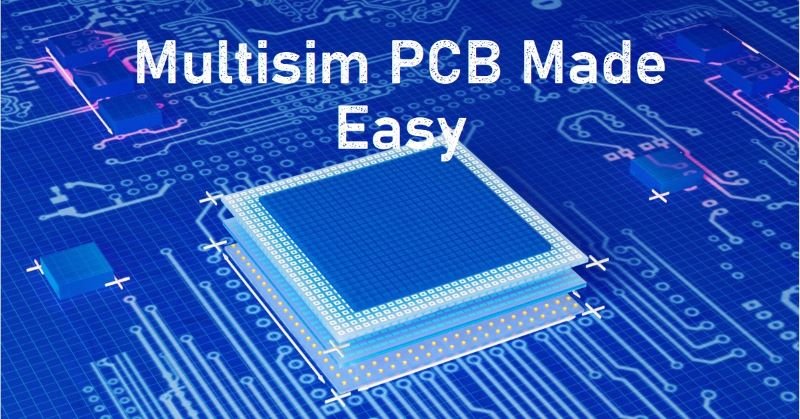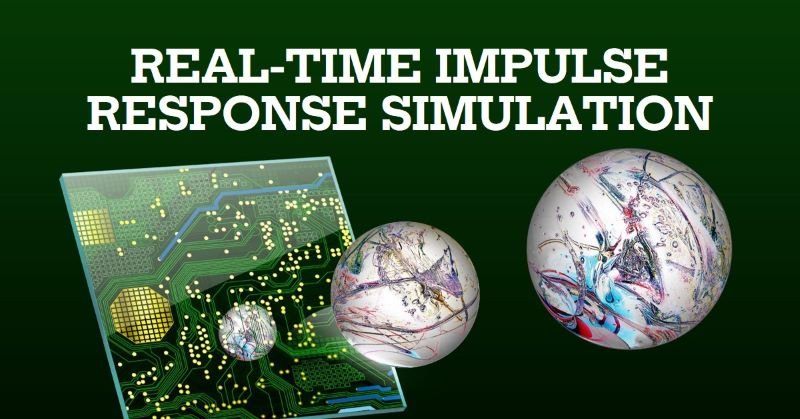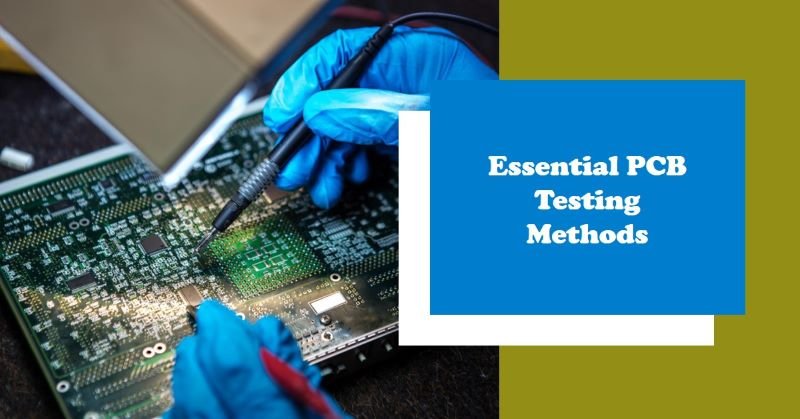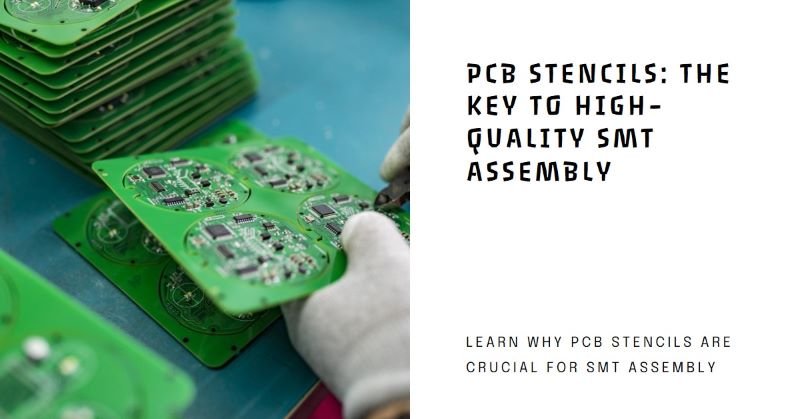How to Design Your Own Custom Microcontroller Unit
Introduction
Designing your own custom microcontroller unit (MCU) can be an exciting and rewarding experience. It allows you to create a specialized MCU that meets your unique requirements and specifications. In this blog post, we will guide you through the process of designing your own custom MCU, from understanding the basics to implementing your design.
What is an MCU PCB?
An MCU PCB, also known as a microcontroller printed circuit board, is a specialized type of PCB that integrates a microcontroller unit (MCU) into its design. A microcontroller is a small computer on a single integrated circuit, which consists of a processor core, memory, and programmable input/output peripherals.
The main purpose of an MCU PCB is to provide a platform for controlling and managing various electronic devices or systems. It acts as the brain of the device, executing programmed instructions and interacting with external components to perform specific tasks.
Components of an MCU PCB
An MCU PCB consists of several key components that work together to enable the functionality of the microcontroller. Let’s take a closer look at these components:
1. Microcontroller Unit (MCU)
The microcontroller unit is the heart of the PCB, responsible for executing instructions and controlling the device’s operations. It consists of a central processing unit (CPU), memory, and various peripherals, such as timers, analog-to-digital converters, and communication interfaces.
2. Power Supply
The power supply circuitry provides the necessary voltage and current to the microcontroller and other components on the PCB. It ensures stable and regulated power delivery, preventing any damage to the MCU or other sensitive electronic components.
3. Input/Output Interfaces
MCU PCBs feature various input/output interfaces to enable communication with external devices or sensors. These interfaces can include digital inputs/outputs, analog inputs/outputs, serial communication ports (UART, SPI, I2C), and wireless communication modules (Bluetooth, Wi-Fi).
4. Memory
MCUs have different types of memory for storing program code and data. This can include flash memory for program storage, random access memory (RAM) for temporary data storage, and electrically erasable programmable read-only memory (EEPROM) for non-volatile data storage.
5. External Components
Depending on the specific application, an MCU PCB may include various external components such as sensors, actuators, display modules, and connectors. These components interface with the microcontroller to enable specific functionalities in the device.
How do Microcontroller Units Work?
Microcontroller units work by executing a set of instructions stored in their memory. These instructions are typically written in a programming language such as C or assembly language. The microcontroller unit reads and executes these instructions, allowing it to perform various tasks and control external devices.
Microcontroller units are commonly used in a wide range of applications, including consumer electronics, industrial automation, automotive systems, and more. They provide a cost-effective and efficient solution for controlling and monitoring devices and systems.
PCB System/Preliminary Design
The preliminary design of an MCU PCB involves several important steps to ensure the functionality and reliability of the final product. These steps include:
1. System Requirements
The first step in the design process is to define the system requirements. This includes determining the desired functionality, input/output requirements, power supply, and any specific design constraints.
2. Microcontroller Selection
Once the system requirements are defined, the next step is to select the appropriate microcontroller for the application. Factors to consider include processing power, memory capacity, available peripherals, and cost.
3. Schematic Circuit Design
The schematic circuit design is the process of creating a diagram that represents the connections and components of the PCB. This includes placing the microcontroller, power supply components, input/output devices, and any other necessary components.
During the schematic design phase, it is important to consider factors such as signal integrity, power distribution, and noise reduction. Proper grounding and decoupling techniques should be implemented to ensure the stability and reliability of the circuit.
4. PCB Layout Design
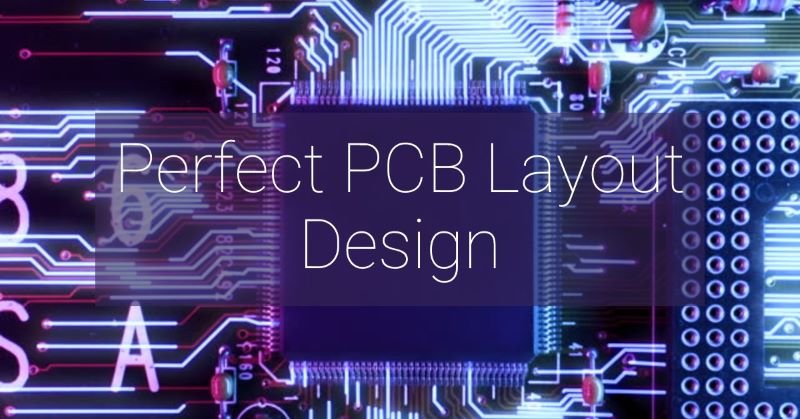
The PCB layout design is the process of arranging the components and traces on the actual PCB. This involves converting the schematic diagram into a physical layout that can be manufactured.
During the layout design phase, careful consideration should be given to component placement, trace routing, and signal integrity. Proper spacing and clearance should be maintained to avoid signal interference and ensure proper functionality.
Additionally, the PCB layout design should take into account manufacturing constraints, such as minimum trace widths, minimum via sizes, and solder mask clearance.
Conclusion
An MCU PCB is a specialized circuit board designed to accommodate a microcontroller unit. The design process involves defining system requirements, selecting the appropriate microcontroller, creating a schematic circuit design, and laying out the PCB.
By following these steps and considering factors such as signal integrity, power distribution, and manufacturing constraints, a well-designed MCU PCB can be created to meet the specific needs of the application.
